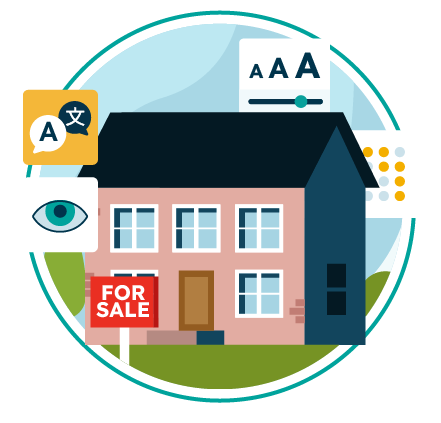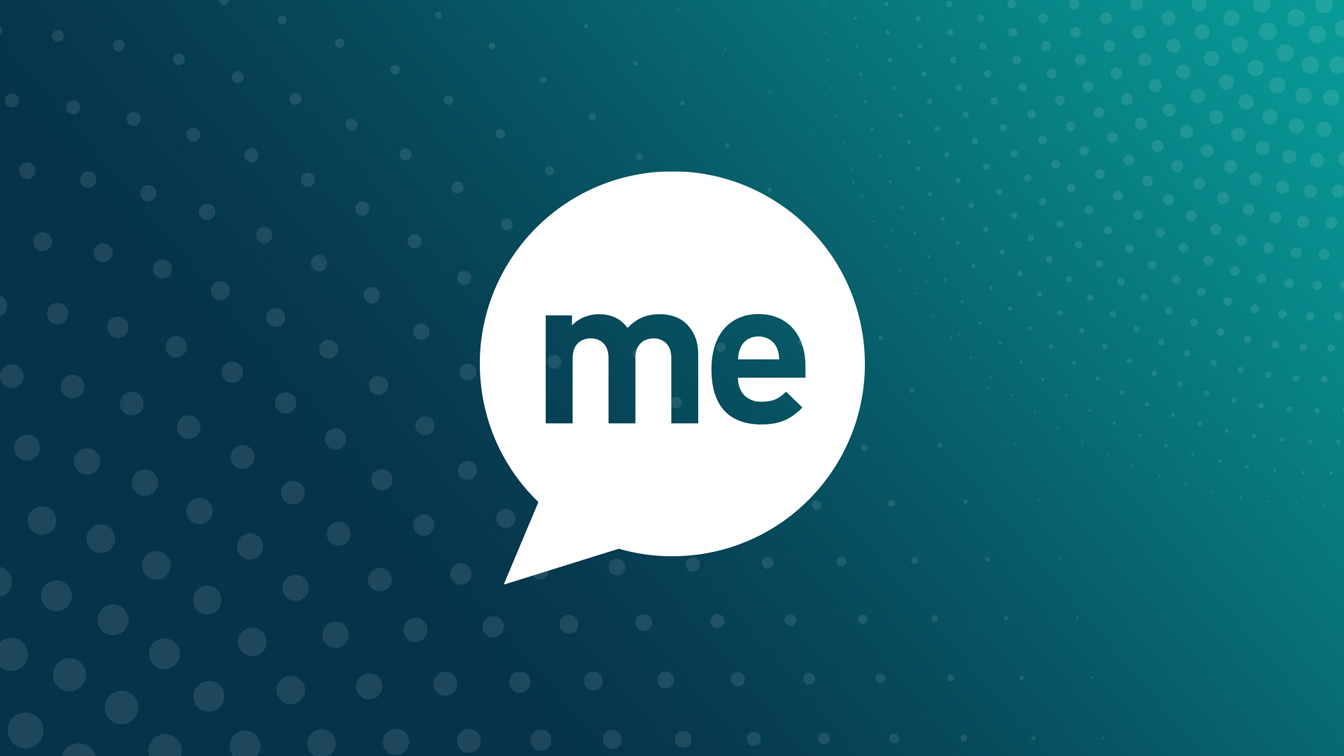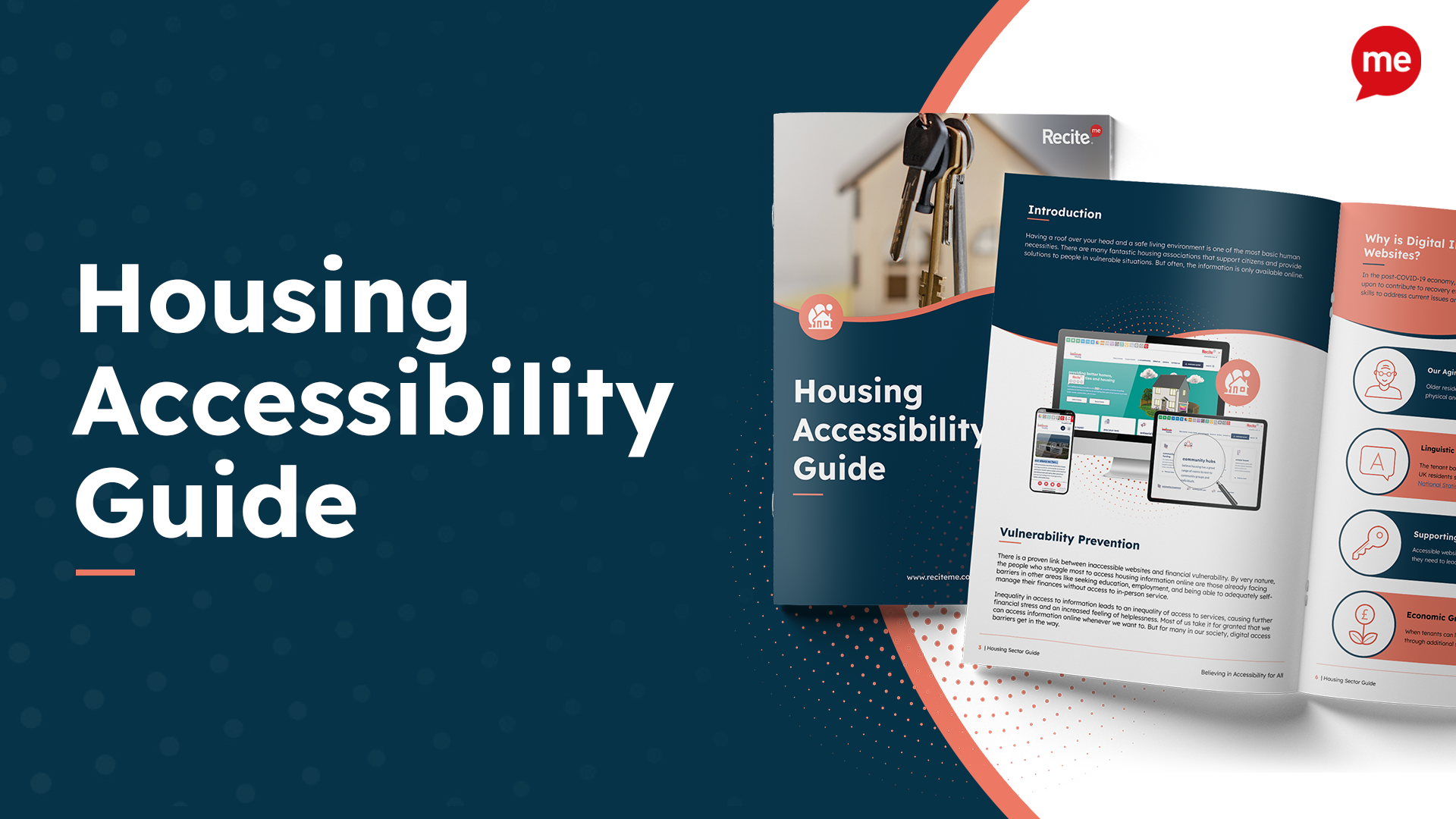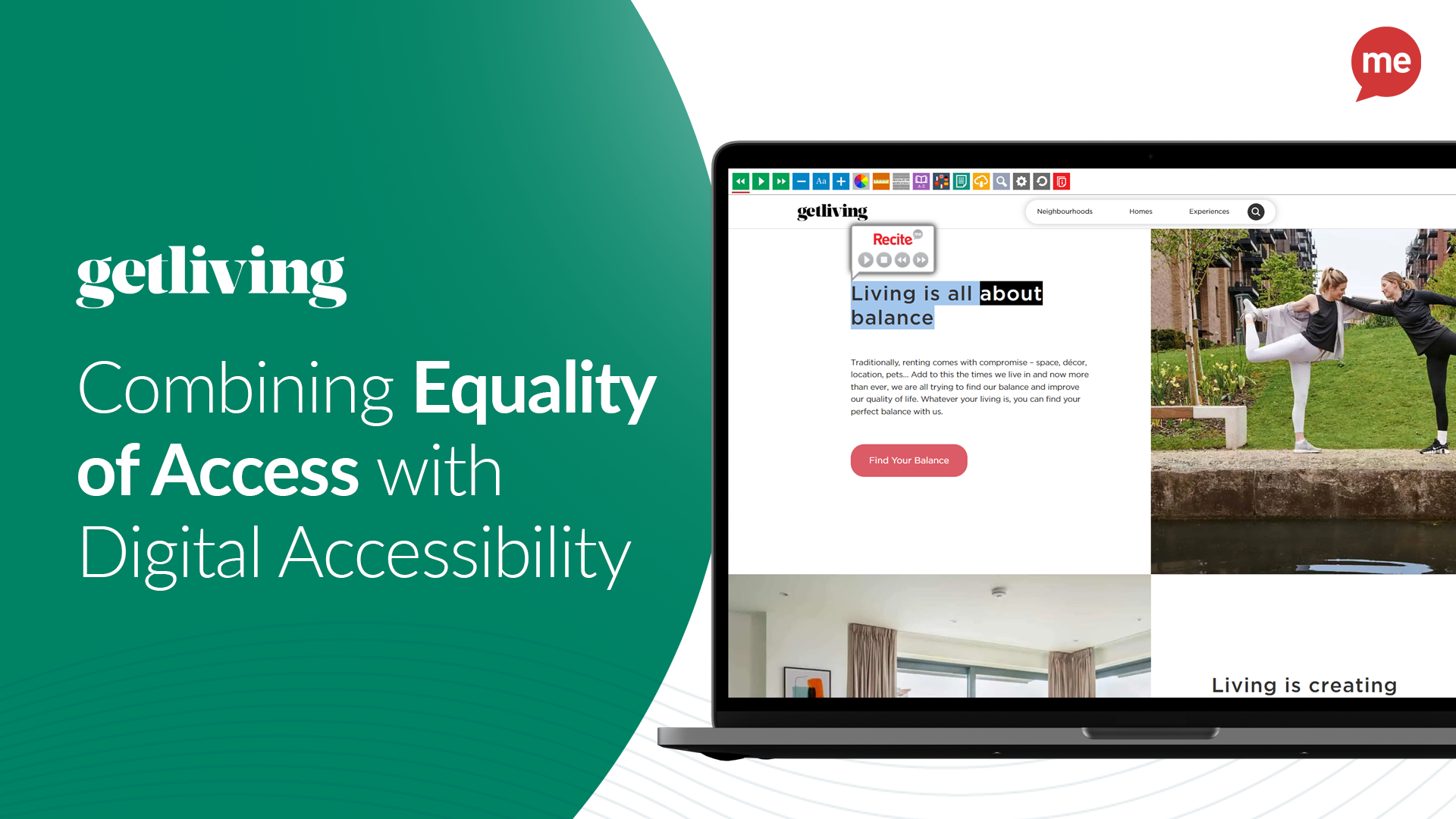Having a roof over your head and a safe living environment is one of the most basic human necessities. Yet, many estate agencies and housing associations don’t do enough to make their websites or listings accessible to people with disabilities.
Much of the time, information about housing and rental availability is only available online. Plus, it’s a highly competitive environment because the number of properties available on the Australian rental market is at an all-time low. For those who encounter online access barriers, this makes finding a place to live incredibly difficult.
So, what needs to be done to provide more equitable experiences for Australian home hunters? Let’s dig into the details.
Who Needs Help Accessing Housing Information?
While the digital age has made it convenient for many residents to explore housing options online, it’s essential to recognise that not everyone has equal access to these resources. A one-size-fits-all approach can inadvertently exclude those who face unique challenges due to one (or a combination of) the following factors.
Linguistic Diversity
Non-native speakers, immigrants, and refugees often need help understanding housing information presented in a language they are not familiar with. Providing multilingual options and translation services bridges gaps in understanding and empowers individuals to make informed decisions about their housing:
- Nearly 30% of the population (almost 8 million people) were born in another country (Australian Census).
- 27% of Australia’s 25.6 million population speaks a second language (Australian Census).
- 5.3 Million people speak a language other than English at home (Australian Bureau of Statistics).
Disabilities
People with disabilities encounter various challenges when seeking housing information. For example, visual impairments can make it difficult to navigate complex websites, while hearing impairments may impede access to video content. Plus, for those with physical disabilities, details about basic accessibility features are often missing. Online platforms should provide detailed information about such features, enabling individuals to filter and find suitable housing options that align with their requirements.
Neurodivergent Traits
Neurodivergent traits like dyslexia, dyspraxia, dysgraphia, and hyperlexia impact the ability of many residents to process complex information. Clear and concise communication, simplified navigation, and easy-to-understand visuals can make a significant difference in helping neurodivergent individuals access the housing resources they need:
- Globally, one in four people will be affected by mental or neurological disorders at some point in their lives.
- Estimates of neurodivergence within the Australian population range from 12% to between 30-40%.
Economic Constraints
Low-income individuals and families may require specific filters to find affordable housing options within their budget. Therefore, user-friendly tools that allow browsers to set budget parameters that align with their financial capacity can be incredibly helpful.
Seniors
Australia is home to approximately 4.2 million people aged 65 years or over. Seniors often look for smaller homes once their families have flown the coop. However, older people are much more likely to have decreased vision, and may also encounter additional challenges related to technology adoption and digital literacy. Housing websites should be designed with seniors in mind, preferably featuring:
Intuitive layouts
Larger fonts
Easily accessible help resources
Remote and Rural Communities
Individuals in remote or rural communities often face unique challenges in finding suitable housing options due to limited internet connectivity or reduced availability. Offline alternatives such as printed materials or telephone hotlines can therefore be essential in ensuring these communities are not left behind.
What Accessibility Problems Do People Face on Housing Websites?
Online access barriers occur whenever an element of a website’s design or presentation makes it difficult to read or interact with the content. Users usually struggle for one of four primary reasons:
- Reading barriers – Including unsuitable font choice, text size, or the colour contrast between text and background.
- Comprehension barriers – The pages don’t flow logically when web copy uses overly complex language or terminology or when alt tags and link descriptions are missing.
- Navigation barriers – Website errors like empty links and buttons, missing input labels on forms, and missing document language often make keyboard navigation impossible.
- Trust barriers – Flashing images, videos, or distracting image carousels affect focus and can trigger seizures.
Accessibility Barrier Examples
Let’s look at a few real-life examples of access barriers that people looking for social and affordable housing might face.
Maria is partially blind. She relies on screen readers to navigate websites but often encounters listings with missing or inadequate alt text for images. As a result, she struggles to comprehend property images, floor plans, and neighbourhood maps, which prevents her from making informed decisions about suitable properties.
Nikhil only recently emigrated to Australia. He’s proficient in speaking but lacks confidence in reading in English. Some housing websites only offer information in English, so he misses out on suitable options because it’s often impossible to determine which properties are available and understand the eligibility criteria and application process.
Edward and Victoria are a retired couple. They struggle with technology and find it difficult to navigate websites with intricate menus and small fonts. The lack of rental websites with a user-friendly design for older adults makes it challenging for them to access housing information and complete applications.
4 Ways to Make Online Housing Content More Accessible
Providing accessible websites is the only way to offer Australian residents equitable access to affordable and social housing options. Companies should follow these steps to remove online barriers on their website and provide more inclusive services.
Adopt Inclusive Marketing Strategies
Best practices to use across your website and all other marketing communications include:
- Using Headings (H Tags) to define a hierarchy in your online content.
- Providing captions and transcripts for videos.
- Being mindful of colour combinations with insufficient contrast.
- Writing descriptive anchor texts (i.e., avoid using ‘click here’ or ‘read more’).
- Enabling easy keyboard navigation.
- Making inquiry and application forms more accessible.
Improve Your Communication Policies
Prospective tenants and their families need to know what support is available, how to access it, and how to provide feedback. The most effective techniques include:
- Placing an accessibility statement on your website outlining your commitment to online inclusion.
- Utilising a variety of communication channels that account for individual preferences.
- Using plain and simple language over technical jargon and complex terms.
- Ensuring social media accounts and other digital platforms adhere to accessibility guidelines.
- Providing ways for people to provide feedback to facilitate continuous improvement.
Familiarise Yourself with WCAG Guidelines and National Legislation
Despite the ever-increasing digital focus within the housing sector, many organisations remain unaware of the existing guidelines available to help businesses make improvements for those who face digital access barriers.
The Web Content Accessibility Guidelines (WCAG) standards provide a framework that applies globally to anyone involved in building and maintaining a website. In terms of compliance, Level AA is typically the minimum reference point when discussing ‘making a website accessible.’
Additionally, Australian businesses have a legal and ethical responsibility to provide equal access to online information and services. Failure to comply with accessibility standards can result in lawsuits and tarnished reputations. The two key pieces of Australian web accessibility legislation are:
- The Disability Discrimination Act 1992 (DDA)
- The Australian Human Rights Commission Act 1986 (AHRC Act)
Invest in Assistive Technology
Investing in assistive technology like the Recite Me Toolbar is a proven way of supporting people online. Once installed, website visitors can create fully customisable online experiences by:
- Personalising font size, type, and colour options.
- Choosing the exact colour contrast between the text and background.
- Utilising the mask screen tool to help with focus.
- Using the ruler tool to make reading easier.
- Downloading content as an audio file as an alternative to reading.
- Converting page content into over 100 on-screen languages.
- Having the page read aloud in a choice of 65 languages.
- Customising PDF documents or having them read aloud/ translated.
- Zooming in on any part of a webpage.
- Using the built-in spell-checker and a fully integrated dictionary and thesaurus.
How Recite Me Can Help
Recite Me’s innovative suite of accessibility on-demand tools makes websites accessible and inclusive for a diverse range of people:
- The Recite Me Accessibility Checker audits back-end and front-end web development processes by running 396 separate compliance scans in line with WCAG 2.1 and breaking down the issues you should be working to fix.
- The Recite Me Toolbar promotes inclusivity by allowing end users with sight loss, cognitive impairments, learning difficulties, physical disabilities, and varying linguistic needs to access your website per their individual needs and preferences.
Housing Sector Accessibility Data
Currently, Recite Me technology is installed on over 5,000 websites. Sector data on our housing websites over the last 12 months shows that:
- Over 998,000 pieces of online content were read aloud in multiple languages using our on-screen reader.
- Over 751,000 pieces of text content were translated into another language.
- Individual styling features were activated over 97,000 times.
- The average number of pages viewed per session was 4.45, compared to the average website journey of just 2.8 pages.
Make Your Housing Services Inclusive Today!
Our team is here to guide you on your mission to provide more inclusive online experiences. Embedding our accessibility software on your website takes just a few hours and typically involves just a few lines of simple code.
Get started today by working through these action points:
- Contact our team for more advice about WCAG standards and the legislation that applies to your organisation.
- Run a free scan of your website for WCAG 2.1 AA compliance.
- Try our toolbar or schedule a free demonstration to see the difference it can make to prospective tenants.




